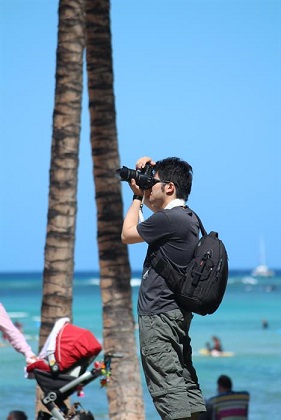
Understand Light and take Better Photographs
- Learn about light, it's behaviour, it's characteristics and how it can be manipulated and used in photography
- Expand and deepen your photographic skills
Lighting is a critical factor in photography.
This course will develop your understanding of light in photography and how to use different lighting equipment and techniques to achieve desired effects in a final image.